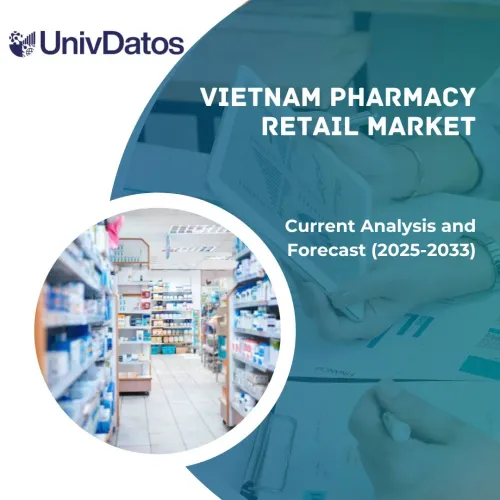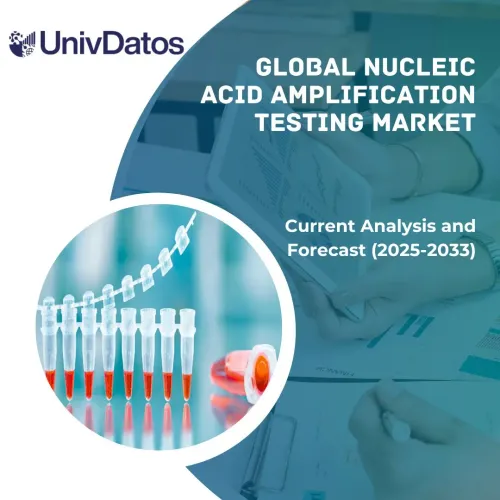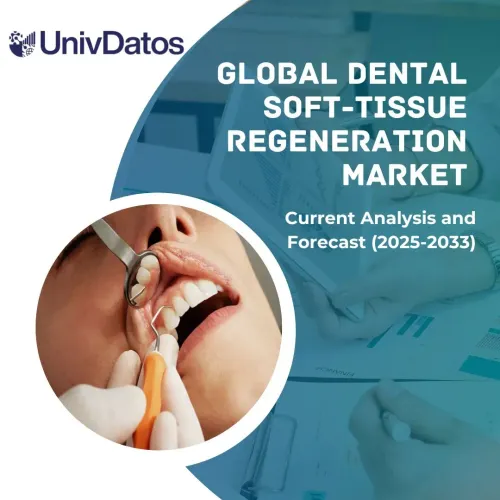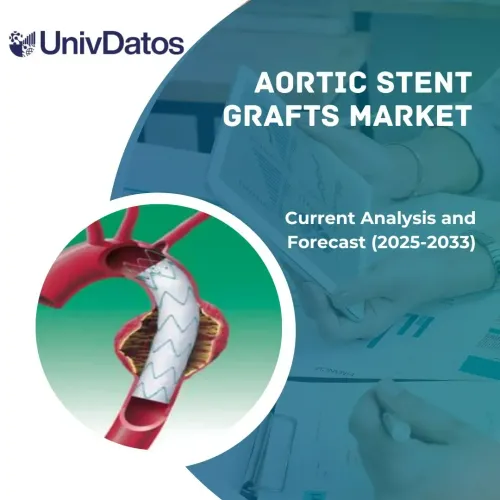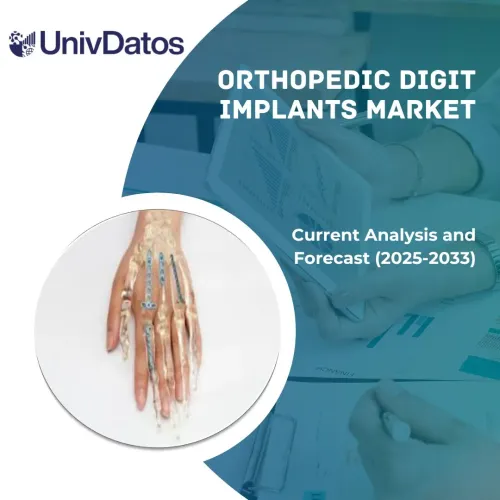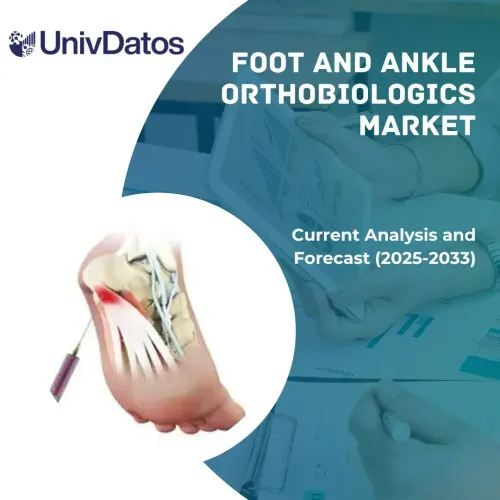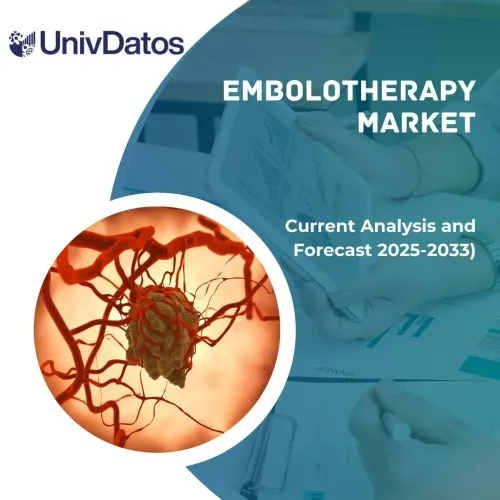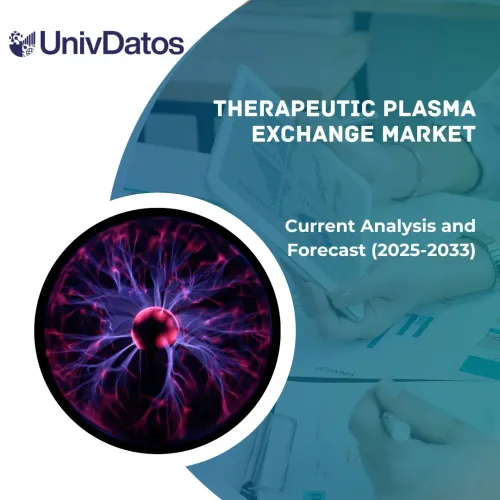- Home
- About Us
- Industry
- Services
- Reading
- Contact Us
Healthcare Predictive Analytics Market: Current Analysis and Forecast (2025-2033)
Emphasis on Application (Clinical Data Analytics, Financial Data Analytics, Research Data Analytics, Operations Management, and Others); Mode of Delivery (On-premises and Cloud-based); End-User (Healthcare Provider, Pharmaceutical Industry, and Others); and Region/Country
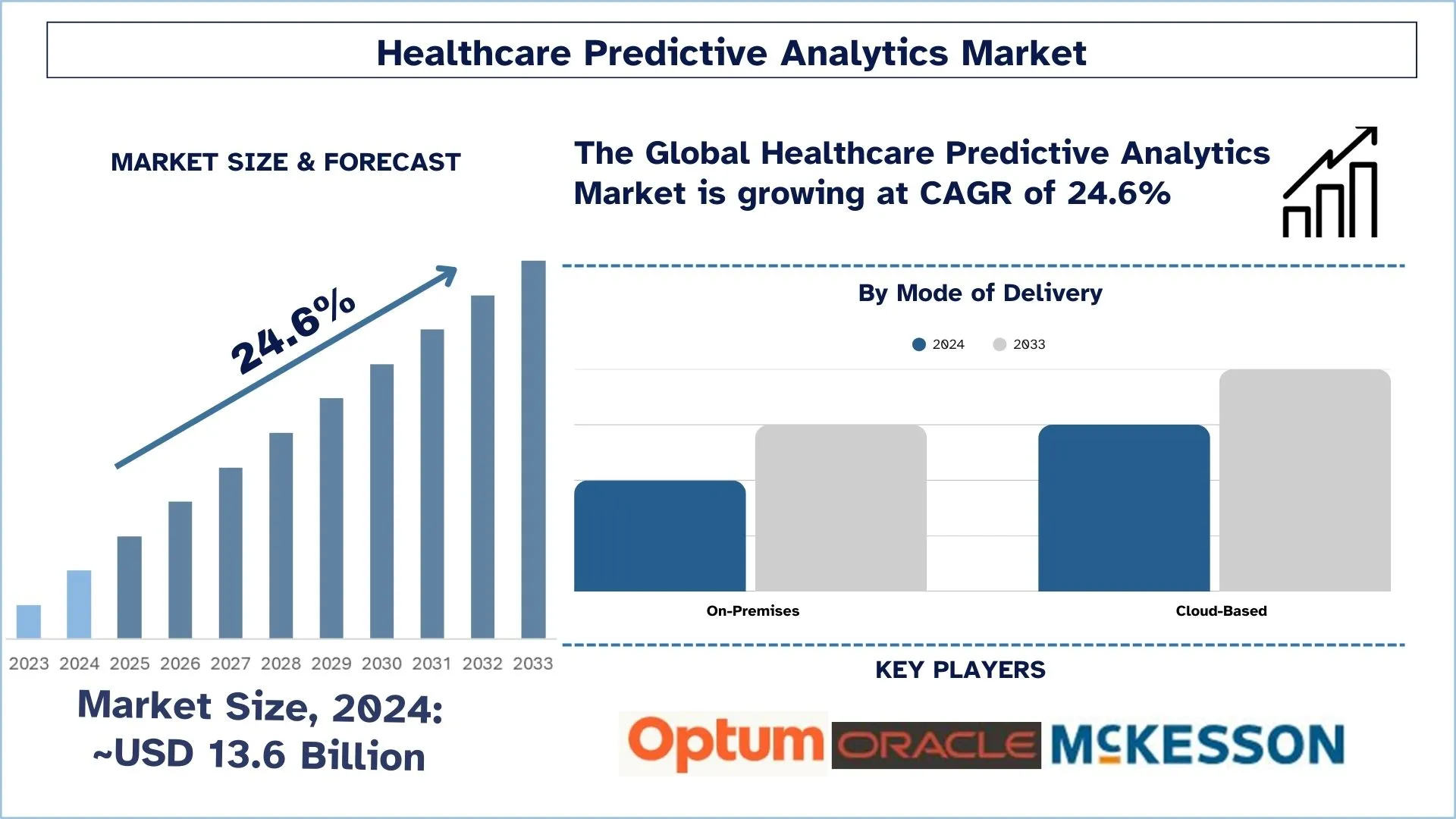
Healthcare Predictive Analytics Market Size & Forecast
The healthcare predictive analytics market was valued at approximately USD 13.6 billion in 2024 and is expected to grow at a substantial CAGR of around 24.6% during the forecast period (2025-2033), owing to the increasing adoption of electronic health records, the emphasis on population health management, and the need for personalized medicine.
Healthcare Predictive Analytics Market Analysis
Healthcare predictive analytics refers to the practice of leveraging advanced analytical techniques and algorithms to extract meaningful insights from large and complex healthcare datasets. It involves the systematic analysis of historical and real-time data, including patient records, clinical data, claims data, and other relevant sources, to identify patterns, trends, and associations. The primary goal of healthcare predictive analytics is to generate accurate predictions, forecasts, and risk assessments that enable healthcare organizations to make informed decisions and take proactive measures for improving patient outcomes, optimizing resource allocation, and enhancing operational efficiency.
Healthcare Predictive Analytics Market Trends
This section discusses the key market trends influencing the various segments of the Healthcare Predictive Analytics market as identified by our research experts.
AI and Machine Learning Revolutionizing Healthcare Predictive Analytics
Artificial intelligence (AI), together with machine learning (ML) integration, remains a major operational trend in healthcare predictive analytics markets because it strengthens their predictive abilities. Medical prognostic tools linked with artificial intelligence (AI) and machine learning (ML) deliver enhanced accuracy when predicting health outcomes for patients and clinical resources, and illness developments, thus delivering improved operations and better healthcare services. The market predicts a noticeable increase in growth because of AI and ML's integration into predictive analytics functions.
Healthcare Predictive Analytics Industry Segmentation
This section provides an analysis of the key trends in each segment of the global Healthcare Predictive Analytics market report, along with forecasts at the global, regional, and country levels for 2025-2033.
The Financial Data Analytics Segment Holds the Largest Share of the Healthcare Predictive Analytics Market.
Based on application, the healthcare predictive analytics market has been classified into clinical data analytics, financial data analytics, research data analytics, operations management, and others. The financial data analytics category is expected to witness higher adoption of healthcare predictive analytics during the forecast period. This is mainly due to the surging focus of the payers on the early detection of fraud and reducing preventable costs. Moreover, the need to reduce costs without compromising the effective quality of care is leading to the growing use of data analytics in the healthcare sector. Furthermore, the benefits of financial analytics in purposes such as claim settlement, risk adjustment & assessment, and fraud analysis are the demand generator for the healthcare analytics market.
The On-Premises Segment is Expected to Witness a Higher CAGR of the Healthcare Predictive Analytics Market.
Based on the mode of delivery, the market is segmented into on-premises and cloud-based. The on-premises category is expected to witness a higher CAGR during the forecast period, owing to the low deployment cost associated with the on-premises solutions, which is one of the key contributing factors for the growth in the market. However, on-cloud deployment is expected to witness a robust CAGR in the forthcoming years due to the widespread adoption of EHR, surging emphasis on digitization, and an increase in funding for innovative delivery solutions. As per IDC, “Global spending on cloud services would surpass USD 1 trillion in 2024.
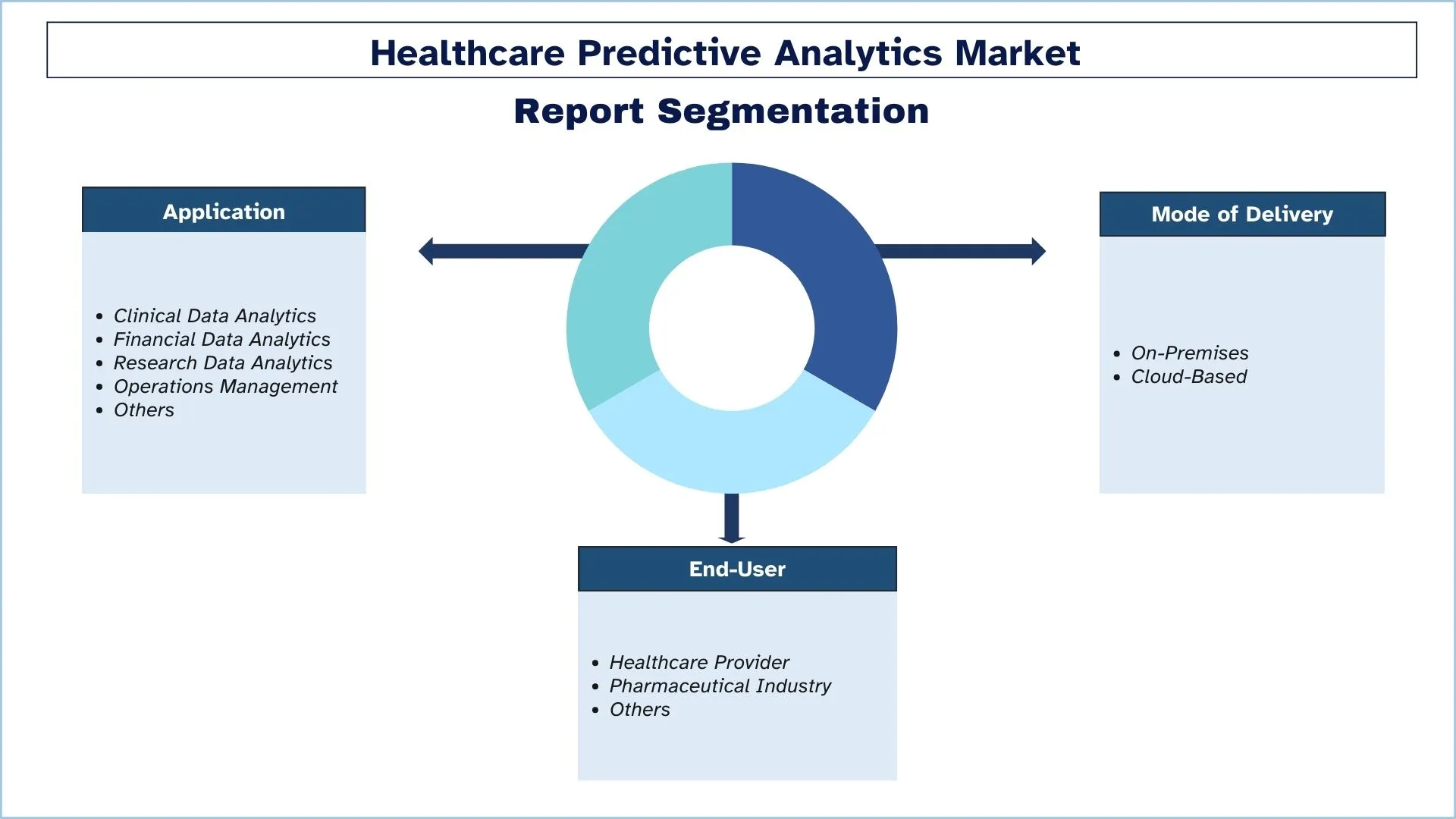
North America has a significant share of the market in 2024.
North America holds the major market share of this market and is anticipated to grow at a substantial CAGR during the forecast period. This is mainly due to the region having a mature healthcare system with a strong emphasis on advanced technology adoption. The increasing digitization of healthcare data, including electronic health records (EHR) and patient-generated data, provides a rich source of information for predictive analytics. For instance, according to the Office of the National Coordinator for Health Information Technology (ONC), data from 2019 & 2021, 86% of non-federal general acute care hospitals had adopted a 2015 edition certified electronic health record (EHR). Additionally, the growing focus on population health management and value-based care models in the region drives the demand for predictive analytics to identify high-risk patients, improve care coordination, and optimize healthcare resource utilization.
U.S. Dominates the North American Healthcare Predictive Analytics Market
The healthcare predictive analytics market in the United States shows significant growth because organizations seek data-based decisions throughout clinical work, operational management, and financial aspects. Healthcare organizations, together with hospitals and providers, use predictive models to improve patient health results while decreasing hospital re-admission occurrences and better manage medical resources, which simultaneously enhances population health services. There is ongoing innovation in the health sector due to hospital and healthcare provider implementation of AI with machine learning and big data analytics technology. Analytic predictions will advance the market by government backing, combined with healthcare cost growth and value-based care plans that make predictions an essential aspect of forthcoming healthcare systems in the United States.
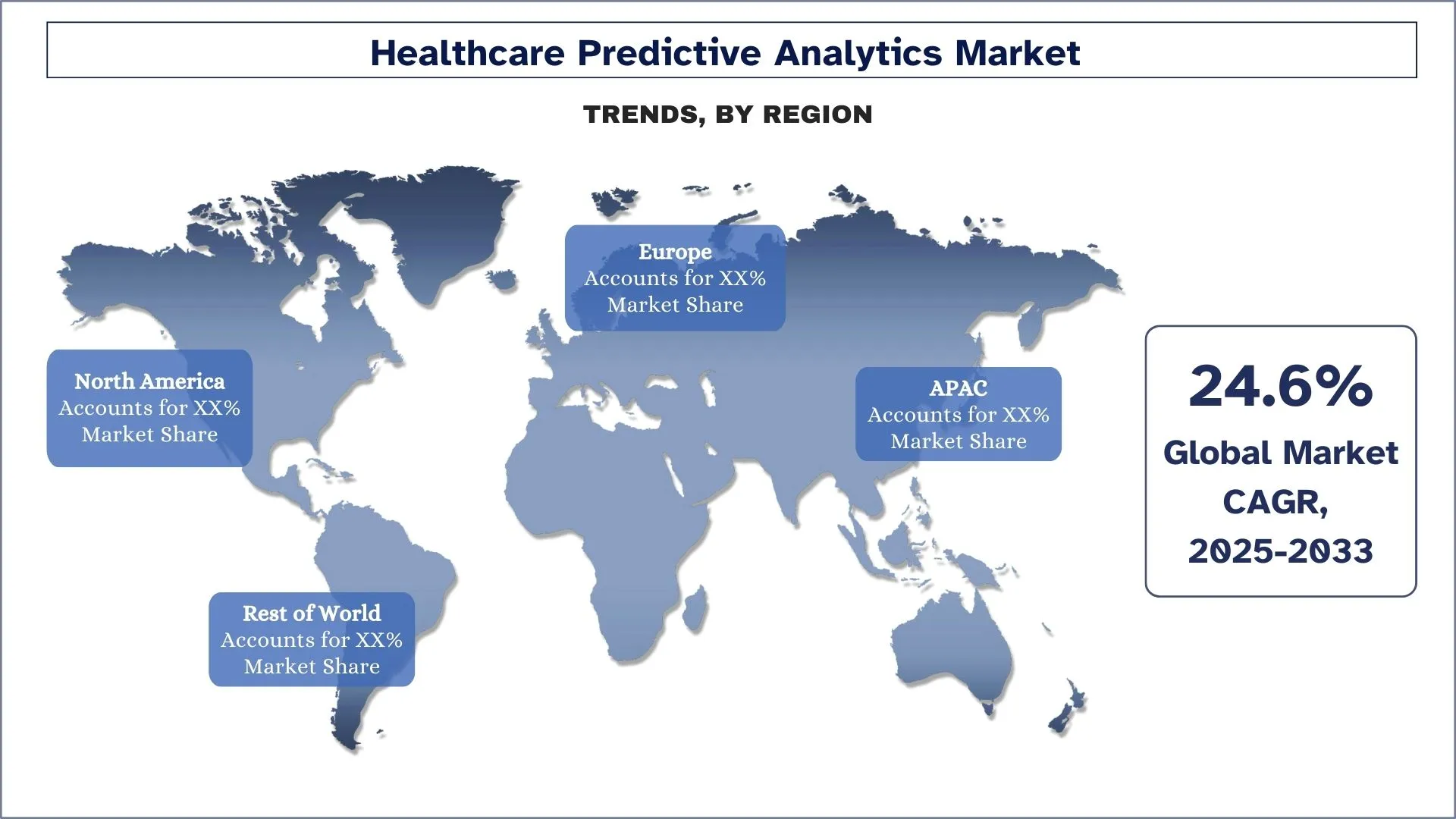
Healthcare Predictive Analytics Industry Competitive Landscape
The Healthcare Predictive Analytics market is competitive, with several global and international players. The key players are adopting different growth strategies to enhance their market presence, such as partnerships, agreements, collaborations, new product launches, geographical expansions, and mergers and acquisitions.
Top Companies in Healthcare Predictive Analytics Manufacturing Industry
Some of the major players operating in the market are Cloud Software Group, Inc.; Oracle; Health Catalyst; Verisk Analytics, Inc.; MCKESSON CORPORATION; SAS Institute Inc.; Allscripts Healthcare, LLC (Veradigm); Optum, Inc. (UnitedHealth Group); MedeAnalytics, Inc.; and IBM
Recent Developments in the Healthcare Predictive Analytics Market
In May 2024, Cohere Health introduced early trend signal intelligence for predicting medical utilization. This enables health plans to anticipate shifts in their medical loss ratio and prepare for potential increases in utilization and associated costs.
In December 2023, Guidehealth acquired Arcadia’s managed service organization and value-based care service division to expand its tools and services for providers, focusing on developing predictive analytics tools.
Healthcare Predictive Analytics Market Report Coverage
Details | |
Base year | 2024 |
Forecast period | 2025-2033 |
Growth momentum | Accelerate at a CAGR of 24.6% |
Market size 2024 | USD 13.6 Billion |
Regional analysis | North America, Europe, Asia-Pacific, Rest of the World |
Major contributing region | North America is expected to grow at the highest CAGR during the forecasted period. |
Key countries covered | U.S., Canada, Germany, France, UK, Spain, Italy, China, Japan, and India |
Cloud Software Group, Inc.; Oracle; Health Catalyst; Verisk Analytics, Inc.; MCKESSON CORPORATION; SAS Institute Inc.; Allscripts Healthcare, LLC (Veradigm); Optum, Inc. (UnitedHealth Group); MedeAnalytics, Inc.; and IBM | |
Report Scope | Market Trends, Drivers, and Restraints; Revenue Estimation and Forecast; Segmentation Analysis; Demand and Supply Side Analysis; Competitive Landscape; Company Profiling |
Segments Covered | By Application, By Mode of Delivery, By End-user, By Region/Country |
Reasons to Buy the Healthcare Predictive Analytics Market Report:
The study includes market sizing and forecasting analysis validated by authenticated key industry experts.
The report presents a quick review of overall industry performance at a glance.
The report covers an in-depth analysis of prominent industry peers with a primary focus on key business financials, product portfolios, expansion strategies, and recent developments.
Detailed examination of drivers, restraints, key trends, and opportunities prevailing in the industry.
The study comprehensively covers the market across different segments.
Deep dive regional-level analysis of the industry.
Customization Options:
The global Healthcare Predictive Analytics market can be customized further as per the requirement or any other market segment. Besides this, UnivDatos understands that you may have your own business needs; hence, feel free to contact us to get a report that completely suits your requirements.
Table of Content
Research Methodology for the Healthcare Predictive Analytics Market Analysis (2023-2033)
We analyzed the historical market, estimated the current market, and forecasted the future market of the global Healthcare Predictive Analytics market to assess its application in major regions worldwide. We conducted exhaustive secondary research to gather historical market data and estimate the current market size. To validate these insights, we carefully reviewed numerous findings and assumptions. Additionally, we conducted in-depth primary interviews with industry experts across the Healthcare Predictive Analytics value chain. After validating market figures through these interviews, we used top-down and bottom-up approaches to forecast the overall market size. We then employed market breakdown and data triangulation methods to estimate and analyze the market size of industry segments and sub-segments.
Market Engineering
We employed data triangulation techniques to finalize the overall market estimation and derive precise statistical numbers for each segment and sub-segment of the global Healthcare Predictive Analytics market. We split the data into several segments and sub-segments by analyzing various parameters and trends, including application, mode of delivery, end-user, and regions within the global Healthcare Predictive Analytics market.
The main objective of the Global Healthcare Predictive Analytics Market Study is to
The study identifies current and future trends in the global Healthcare Predictive Analytics market, providing strategic insights for investors. It highlights regional market attractiveness, enabling industry participants to tap into untapped markets and gain a first-mover advantage. Other quantitative goals of the studies include:
Market Size Analysis: Assess the current and forecast market size of the global Healthcare Predictive Analytics market and its segments in terms of value (USD).
Healthcare Predictive Analytics Market Segmentation: The study segments the market by application, mode of delivery, end-user, and region.
Regulatory Framework & Value Chain Analysis: Examine the regulatory framework, value chain, customer behavior, and competitive landscape of the Healthcare Predictive Analytics industry.
Regional Analysis: Conduct detailed regional analysis for key areas such as Asia Pacific, Europe, North America, and the Rest of the World.
Company Profiles & Growth Strategies: Company profiles of the Healthcare Predictive Analytics market and the growth strategies adopted by the market leaders to sustain the fast-growing market.
Frequently Asked Questions FAQs
Q1: What is the Healthcare Predictive Analytics market's current size and growth potential?
The global healthcare predictive analytics market was valued at USD 13.6 billion in 2024 and is projected to expand at a CAGR of 24.6% from 2025 to 2033, driven by rising demand for accessible bone health diagnostics.
Q2: What are the driving factors for the growth of the Healthcare Predictive Analytics market?
Growing demand for value-based care and cost reduction is driving the adoption of predictive analytics to improve patient outcomes, streamline operations, and manage population health effectively.
Q3: Which segment has the largest share of the Healthcare Predictive Analytics market by application?
The financial data analytics segment currently holds the largest market share by application segment.
Q4: What are the major trends in the Healthcare Predictive Analytics market?
The integration of AI and machine learning is enhancing predictive analytics, enabling faster, more accurate clinical decisions and personalized patient care across healthcare systems.
Q5: Which region will dominate the bone sonometer market?
North America leads the global healthcare predictive analytics market, driven by advanced healthcare infrastructure, strong technology adoption, and favorable government initiatives supporting digital health innovation.
Q6: What are the biggest challenges in the Healthcare Predictive Analytics market?
Data privacy concerns and integration issues with legacy systems hinder widespread adoption of predictive analytics, limiting its potential in real-time healthcare decision-making environments.
Q7: Who are the Top players in the global Healthcare Predictive Analytics market?
The leading companies driving innovation in Healthcare Predictive Analytics include:
Cloud Software Group, Inc.
Oracle
Health Catalyst
Verisk Analytics, Inc.
MCKESSON CORPORATION
SAS Institute Inc.
Allscripts Healthcare, LLC (Veradigm)
Optum, Inc. (UnitedHealth Group)
MedeAnalytics, Inc.
IBM
Q8: What are the most lucrative investment areas within the healthcare predictive analytics market?
Key investment areas include AI-driven clinical decision support systems, population health analytics, revenue cycle management, and real-time data platforms. These segments show strong growth potential due to rising demand for value-based care, precision medicine, and operational efficiency across healthcare networks.
Q9: How can companies gain a competitive edge in the healthcare predictive analytics space?
Companies can gain a competitive edge by adopting advanced technologies such as machine learning, securing strategic partnerships, prioritizing data interoperability, and focusing on scalable, cloud-based analytics solutions that align with evolving healthcare regulations and provider needs.
Related Reports
Customers who bought this item also bought

